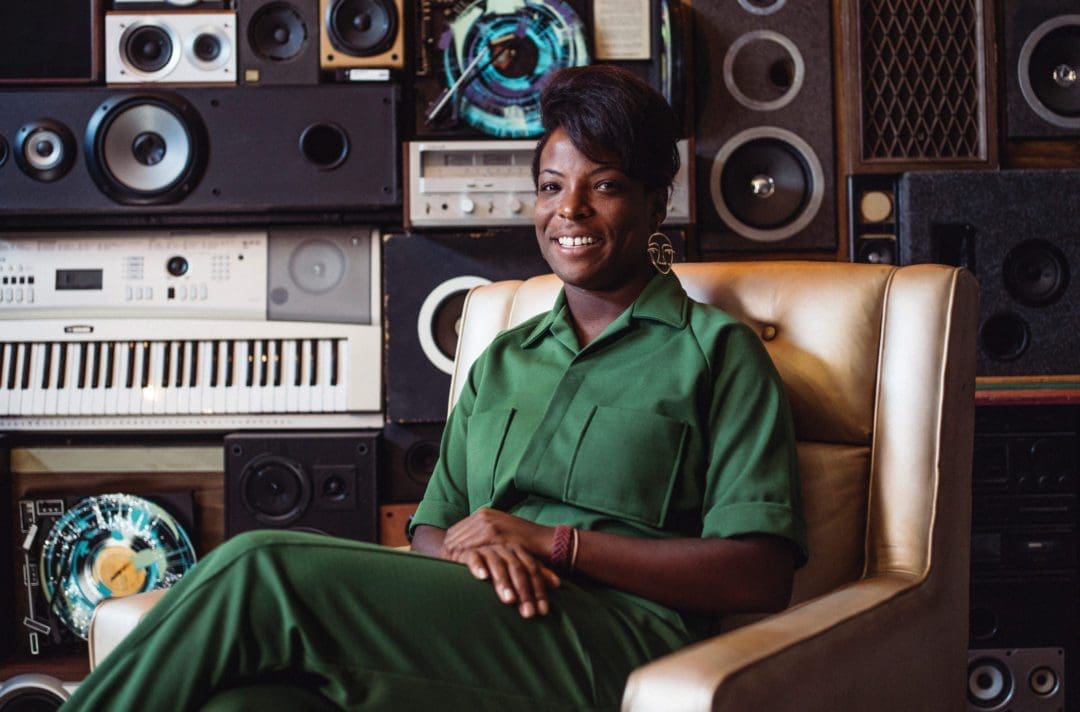Inspiring Voices {Miriam Conner}

Artist & Community Organizer
Words by Jessi Devenyns Photos by Eric Morales
At its basic level, art is an interpretation of the world. Those interpretations, though, are rarely the same. As a visual artist herself, Miriam Conner discovered early in college that when various impressions of the world are aligned together, the different perspectives create a new piece of artwork entirely. That was the beginning of her life as a curator of artists and communities.
“Through that experience I was like, ‘this is my art now.’ So when I came back to Austin, I found Pine Street Station, and I fell in love,” Miriam recalls. When she returned to Austin, Pine Street Station was a communal art warehouse where the aim was to create a gathering space that invoked a reciprocal dialogue between the community and artists. As the art curator of Pine Street Station, Miriam remembers having an epiphany about the tug-o-war that seemed to exist inherently between those who make art and those who come to buy it. “It’s interesting the war between the art community and the cultural communities and the pull that’s happening,” she explains, clarifying that the “pull” often becomes a push as artists lose control of the spaces they create.
Witnessing the constant search for balance between the two sides prompted Miriam to contemplate how artists can be literally loved out of their spaces. She believes that, oftentimes, the art communities become cultural epicenters that draw people in and lead to gentrification. But just because it is the trend, it does not need to be the norm. This search for balance has become Miriam’s mission, and she says that she has found “it’s very difficult in Austin, but I feel like there is a way for both of them to exist and grow.” Through changing how the city of Austin engages with artists, Miriam works to change the flow of information from the halls of the city to the studios of the artists. Doing so, she says, “opens doors for creators to take advantage of city programs and grants that they wouldn’t otherwise know existed.”
“There’s so much to be done, especially within the black arts community.”
Communication creates access to the resources and space that artists need to thrive. Sterile meetings that describe city policies through PowerPoints and bullet points are not going to engage. That is why Miriam says she actively spends time walking door to door and consulting with local art organizations in order to speak directly with individuals whom she knows should be concerned with certain programs, events, and policies. Interpersonal engagement is slowly integrating the two sides. “There’s so much to be done, especially within the black arts community… We don’t have space to work,” she explains.
Creating these connections that bring space – both figuratively and literally – to artists requires a continued commitment and dedication to the residents of the East Austin community. From unearthing grants to discovering creative space solutions to convincing newcomers to attend long-standing cultural events, Miriam continues to push to give each artist their own unique voice that is amplified through the network that she has woven over the years. “It’s hard living out here, trying to do a lot of community work,” she allows. “But if I leave, who else is gonna step in?”











[…] Read More […]